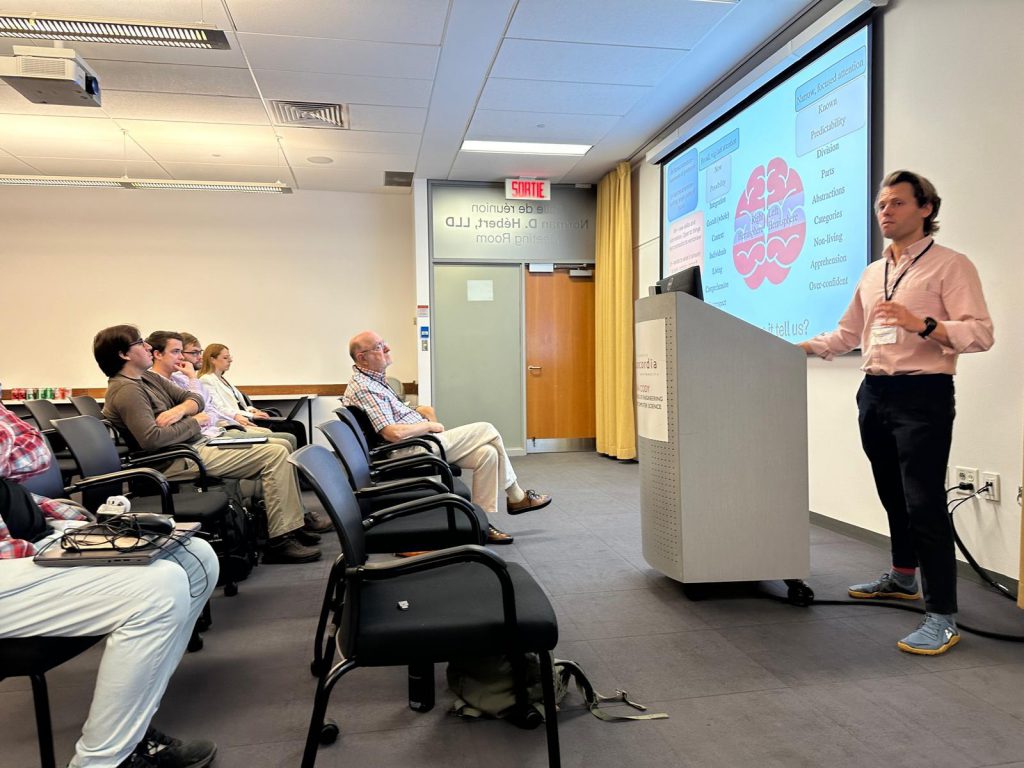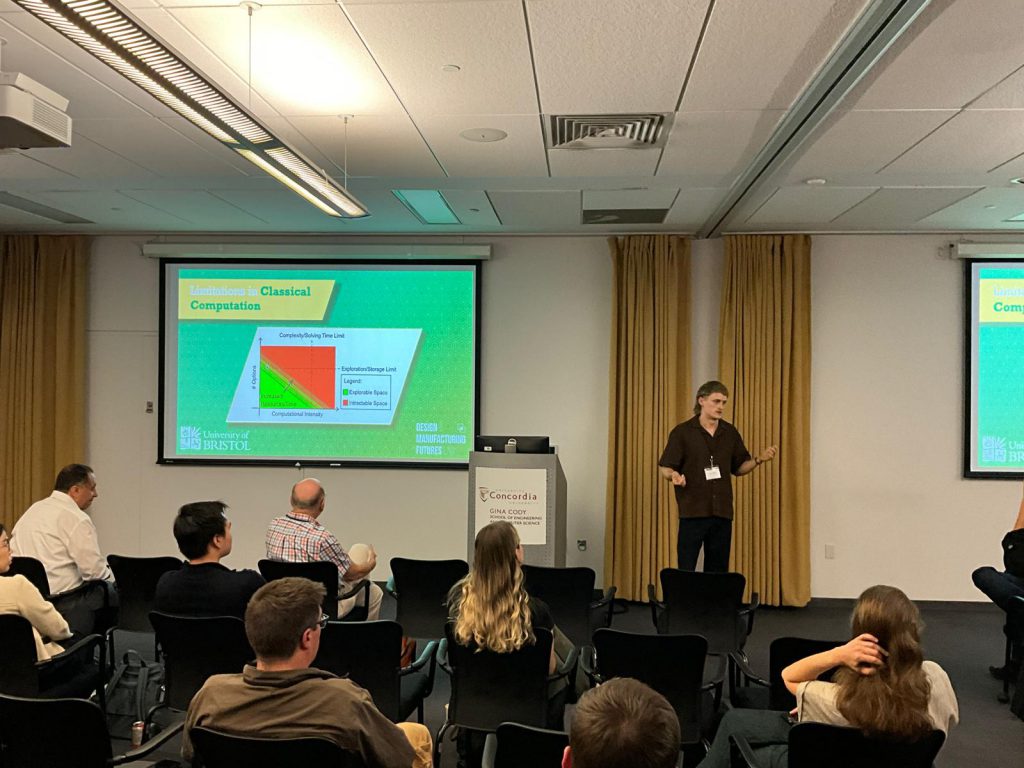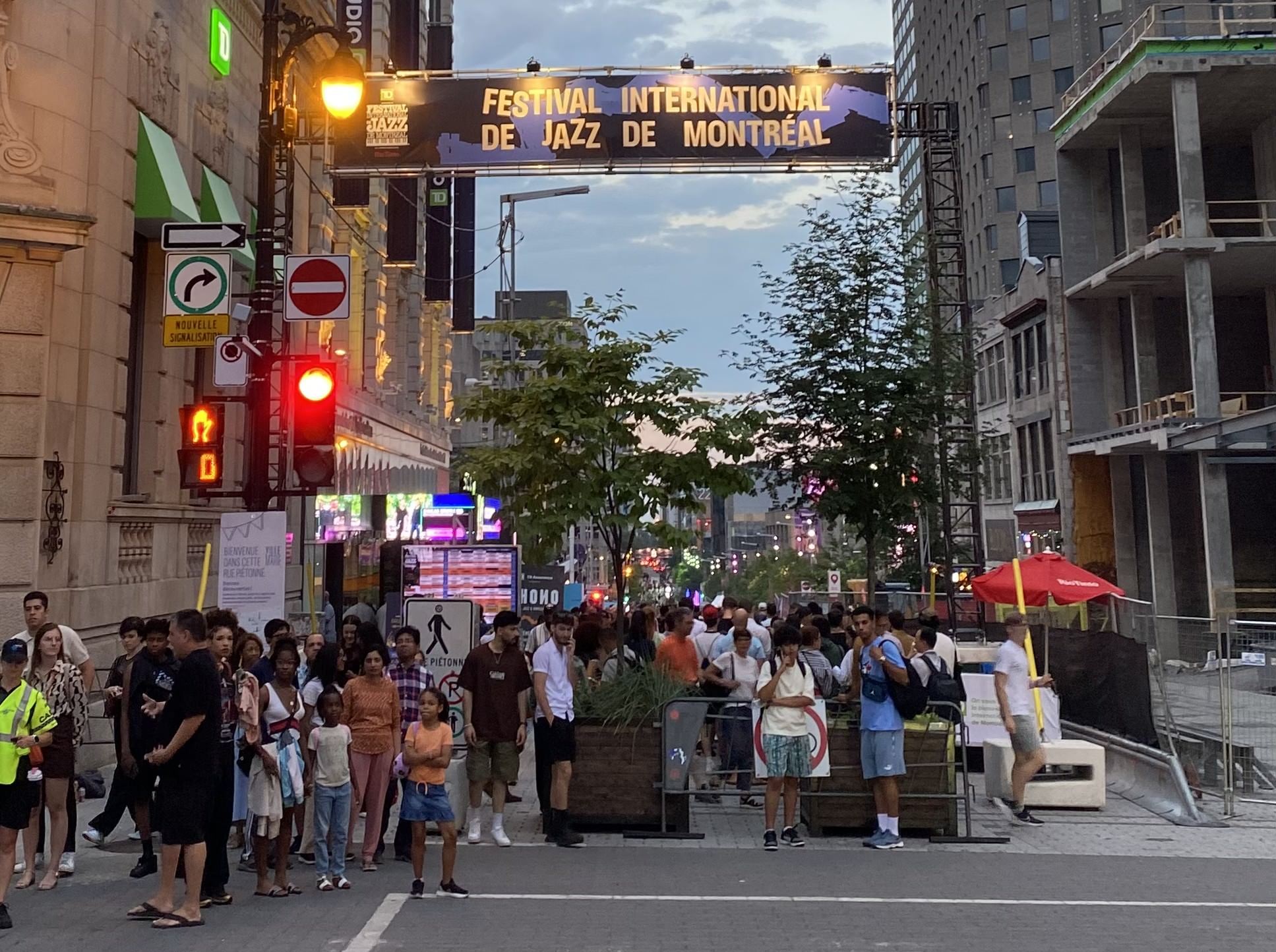Design Spaces Workshop
On Saturday, a workshop was held about design spaces, exploring what they are and how they differ from solution spaces. This led to an engaging discussion on whether parametric design and generative design are fundamentally different approaches to exploring design spaces or merely increasingly complex versions of the same method. The workshop included an exercise that involved building LEGO structures to meet specific goals. Characteristics of each design were identified, and the range of possible values for these characteristics was explored to delve deeper into the design space.During the same session, there were also some particularly interesting presentations from Michela Turrin and Nathan Brown. Michela Turrin from TUDelft discussed the parametric generation of a machine learning dataset for applications in the façade design of high-rise buildings. This aligns with Oliver’s interest in investigating Quantum Machine Learning, and the parametrically generated dataset could be a useful technique. Nathan Brown from PSU’s talk highlighted the integration of surrogate models into the early stages of the design process to enable early optimization. He also expressed interest in re-using simulation data after adding another variable, which opens potential areas for collaboration with the DMF lab, considering James Gopsill’s related work on “A Sustainable Computational Design Concept Using Web Service Methods.”
The Neurocognition Workshop
Mark co-ran a workshop with around 20 conference delegates with the aim of characterising the current state of the art of design neurocognition research in order to identify where the opportunities are for further studies. Taking an established corpus of just under 100 papers, these were reviewed in teams and categorised according to the phase of design they concerned, type of intervention they featured (e.g. chemical, physical, e.t.c) and whether the intervention itself was passive, active, reactive or interactive. In addition to fostering community amongst neuro-cognition researchers, the workshop highlighted a number of areas that are well studied, as well many areas that feature no research papers at all representing opportunities for future work. The output of this workshop will be developed into a journal paper along with the other workshop organisers.
Efforts to Determine Quantum Applicable Problems and Connections
Throughout the conference, Oliver was focused on identifying researchers working on problems constrained by classical computation. The aim was to gather solid justification for developing quantum computing reference models going forward. Meeting experts in these areas was especially useful for obtaining detailed information about solution times. This effort led to a connection with Christopher McComb from CMU, who shared insights from a colleague’s work on using machine learning for the design of nano-porous materials. This connection could help provide some of the justification needed for further investigation into Quantum Machine Learning.
The Paper Presented
Mark presented a paper on behalf of co-authors Tripp Shealy and John Gero where Iain McGilchrist’s theory of brain lateralization was explored via means of an FNIRS experiment with professional engineers. In this they explored how lateralisation could be characterised in FNIRS data and then explored characteristics of this lateralisation within the cohort of professional engineers undertaking ideation tasks. Whilst the results were inconclusive, the paper was an interesting primer on how we can incorporate and apply established neuroscience theory in the field of design neurocognition. The work is currently being extended into a journal paper that Mark and Tripp started working on in Virginia Tech after DCC.

The Poster Presented
On Tuesday, Oliver presented a poster on how quantum computation can be utilized by engineering designers. The goal was to generate interest among researchers working on computationally limited problems. During the poster session, most of the time was spent explaining the background of quantum computing and the implications of the presented results. A common question was, “How long until quantum computing can be used?” The quantum annealing results presented showed that some quantum computing techniques could be used now, but gate-model quantum computation is still under development. Oliver’s PhD aims to estimate when useful gate-model quantum computers can be expected by identifying necessary hardware milestones from specific problem implementations and hardware development trends.

General Reflections on Conference Content
DCC is always a wonderful platform for meeting likeminded researchers. Owing to its smallish size (~90 delegates) and the fact that the conference is single track, as an attendee, it’s possible to meet almost everyone in attendance, and one is exposed to all sorts of design research facilitating the cooking up of new ideas. We’re looking forward to the next instance of DCC which will be in Paris in 2026!

